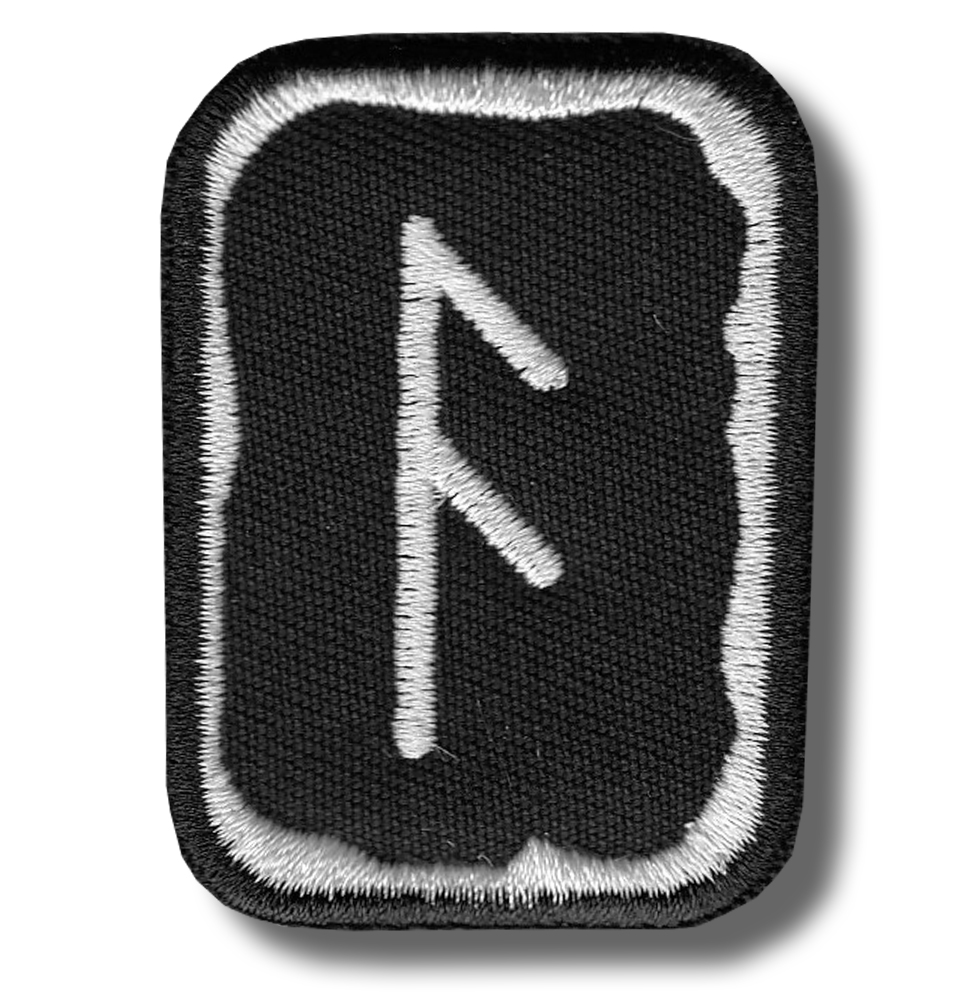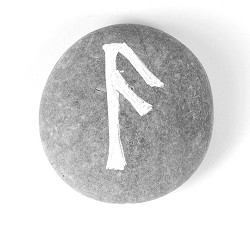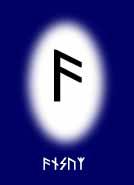Ansuz is the conventional name given to the a-rune of the Elder Futhark, ᚨ. The name is based on Proto-Germanic *ansuz, denoting a deity belonging to the principal pantheon in Germanic paganism.
The shape of the rune is likely from Neo-Etruscan a (), like Latin A ultimately from Phoenician aleph.
Name
In the Norwegian rune poem, óss is given a meaning of "estuary" while in the Anglo-Saxon one, ōs ᚩ takes the Latin meaning of "mouth". The Younger Futhark rune is transliterated as ą to distinguish it from the new ár rune (ᛅ), which continues the jēran rune after loss of prevocalic *j- in Proto-Norse *jár (Old Saxon jār).
Since the name of a is attested in the Gothic alphabet as ahsa or aza, the common Germanic name of the rune may thus either have been *ansuz "god", or *ahsam "ear (of wheat)".
Development in Anglo-Saxon runes
The Anglo-Saxon futhorc split the Elder Futhark a rune into three independent runes due to the development of the vowel system in Anglo-Frisian. These three runes are ōs ᚩ (transliterated o), āc "oak" ᚪ (transliterated a), and æsc ᚫ "ash" (transliterated æ).
Development in Younger Futhark
The Younger Futhark corresponding to the Elder Futhark ansuz rune is ᚬ, called óss. It is transliterated as ą. This represented the phoneme /ɑ̃/, and sometimes /æ/ (also written ᛅ) and /o/ (also written ᚢ). The variant grapheme ᚯ became independent as representing the phoneme /ø/ during the 11th to 14th centuries.
Rune poems
It is mentioned in all three rune poems:
References




